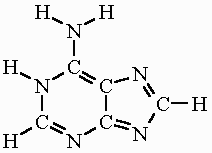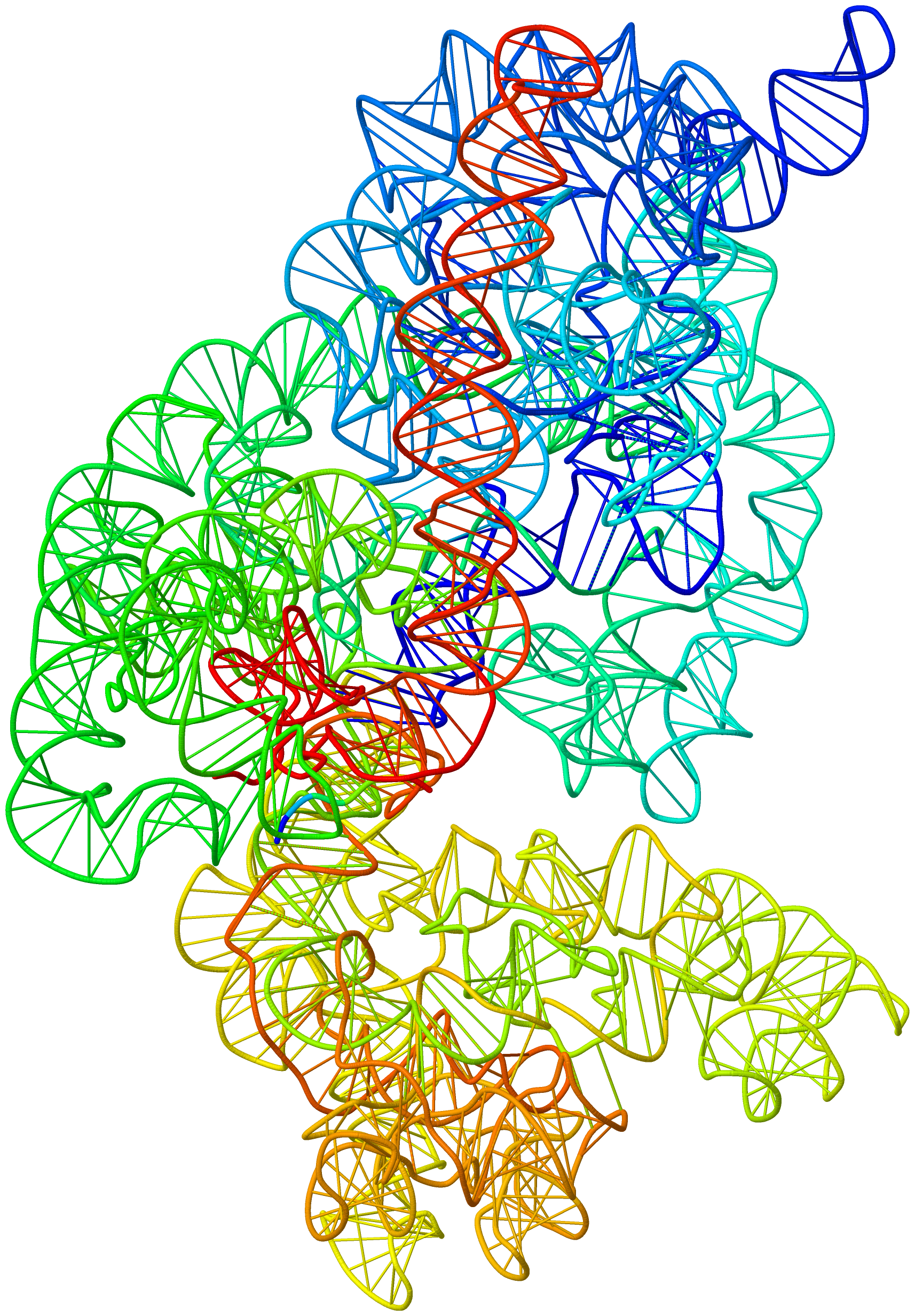

Jmol requires Java installation and operates on a wide variety of platforms.
#Jmol script mac os#
Chime requires plug-in installation and Internet Explorer 6.0 or Firefox 2.0 on Microsoft Windows, or Netscape Communicator 4.8 on Mac OS 9. While Jmol has many features that Chime lacks, it does not claim to reproduce all Chime functions, most notably, the Sculpt mode. The Jmol applet, among other abilities, offers an alternative to the Chime plug-in, which is no longer under active development. There is also a JavaScript-only ( HTML5) version, JSmol, that can be used on computers with no Java. Jmol supports a wide range of chemical file formats, including Protein Data Bank (pdb), Crystallographic Information File (cif), MDL Molfile (mol), and Chemical Markup Language (CML).
#Jmol script software#
A standalone application and a software development kit (SDK) exist that can be integrated into other Java applications, such as Bioclipse and Taverna.Ī popular feature is an applet that can be integrated into web pages to display molecules in a variety of ways.įor example, molecules can be displayed as ball-and-stick models, space-filling models, ribbon diagrams, etc. It is free and open-source software released under a GNU Lesser General Public License (LGPL) version 2.0. These scripts are used to change the rendering of the molecule to illustrate important structural features.

It is written in the programming language Java, so it can run on the operating systems Windows, macOS, Linux, and Unix, if Java is installed. Jmol, a Java applet used to view molecules in web pages, can read scripts that are contained in Jmol buttons.
Jmol returns a 3D representation of a molecule that may be used as a teaching tool, or for research e.g., in chemistry and biochemistry. Jmol is computer software for molecular modelling chemical structures in 3-dimensions. All the above, as usual with Jmol script commands, applies to the currently selected set of atoms. This is called a script, meaning a storyboard (a Jmol script saved into a. Catalan, Chinese, Czech, Danish, Dutch, English, French, German, Hungarian, Indonesian, Italian, Korean, Portuguese, Spanish, Turkish, Ukrainian This is the computer language in which Jmol scripts, to control the Jmol applet, are written JavaScript is a browser-side language: you embed the code in. Groups of consecutive commands that you want to reuse may be stored in a text file. If you know its 4-character PDB Code, and if you are online, enter the command below in the Jmol Script Console.


 0 kommentar(er)
0 kommentar(er)
